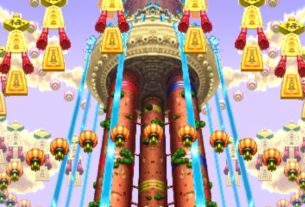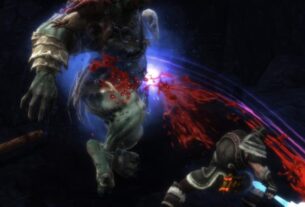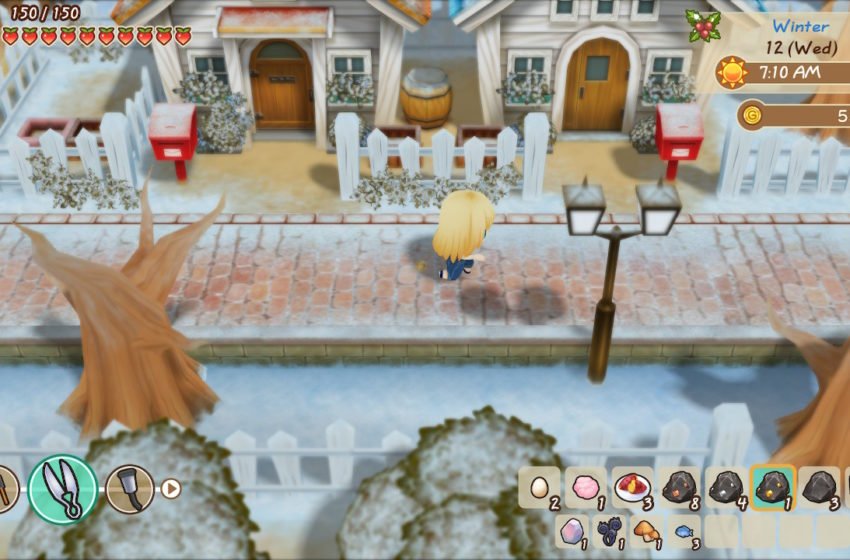

The confusingly titled Story of Season: Friends of Mineral Town is a remake of Harvest Moon: Friends of Mineral Town. Due to the complexity of the business world and name ownership, developers Marvelous Inc. can’t use the name Harvest Moon, so Story of Seasons it is.
The original title is highly regarded, and this remake is a little more than just a new coat of paint on an old game. Some subtle changes have been made, but the original’s charm and addictive nature are still intact.
Farm Life
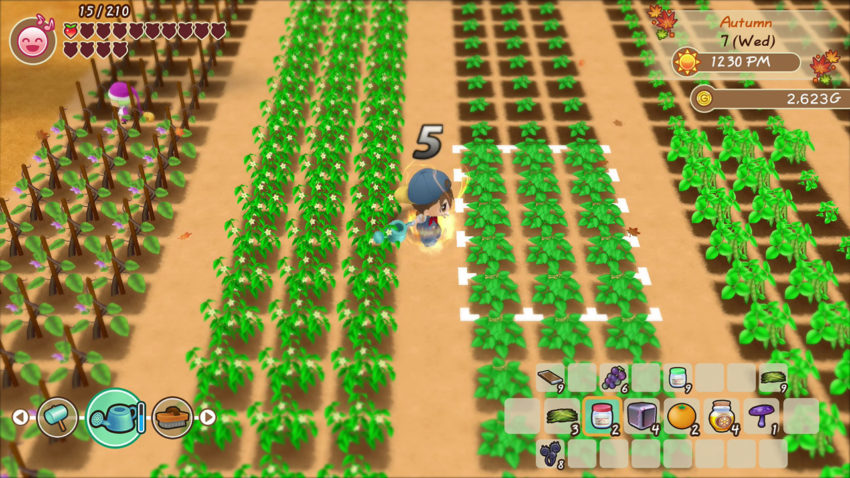

In Story of Season: Friends of Mineral Town, you inherit a farm from your Grandfather and move to the country to try and make a go of farm life. There is a lot to learn, but the friendly residents of a nearby town are always on hand to help you figure out what you need to do or provide essential items or services that you will need to really establish your farm as a success.
One of the best aspects of the game is that there is a surprisingly small amount of running around to be done to actually get started. You begin the game with the vast majority of the tools you need. The difficulty comes in figuring out exactly what to do, and in how you start getting some money coming in. This doesn’t take long to figure out either, and soon you will run into the real crux of the Story of Season: Friends of Mineral Town early game: time management.
You have a lot of tasks and only so many hours in the day to do them. This can feel a little stressful at first, but the experience will rapidly tell you what to do, and when, and in this way the game perfectly simulates being thrown into the deep end with an activity you have little experience with. As you slowly get to grips with your basic responsibilities, you will start thinking about extending your farm, making it bigger and more productive. For this, you will need some help.
Fortunately for you, some friendly Harvest Sprites live nearby in the local town, and if you can become friends with them, you will be able to ask them for help. The Sprites can help you take care of your animals, harvest crops, and water crops—all time-consuming activities that will free you up to get to fishing, mining, or chatting things up with local NPCs.
As the game goes on, it becomes a blend of managing time, resources, and money, challenging you to get the most from each day, but at a nice pace that doesn’t feel punishing or too demanding.
The Village Ideal
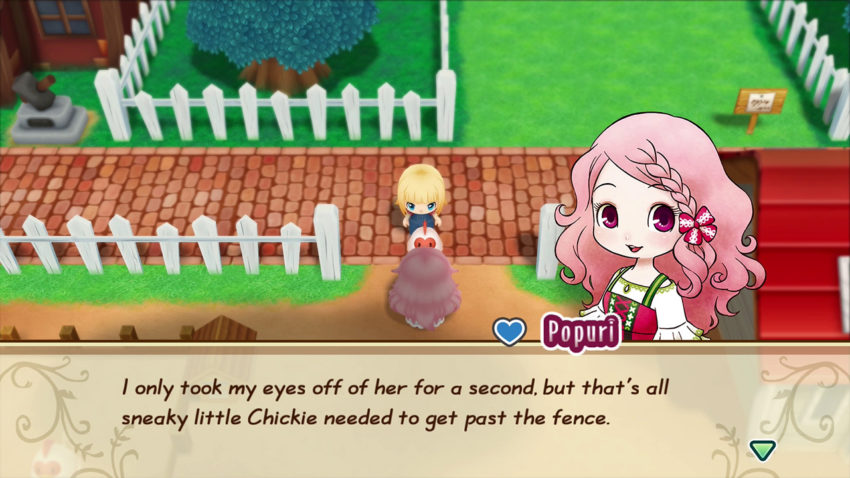

The nearby village is home to shops, vineyards, blacksmiths, and stores that will sell you farm animals, seeds, and other essential items. You can develop relationships, minor questlines, and love interests by talking to the people who live there. The general store will be a constant place you need to go to. Each season you can only grow very specific plants, so a trip to the store to stock up on seasonal seeds is essential.
You can chat it up in the bookshop and find useful tutorials for areas of the game that you find confusion, or you can just head to the beach for a spot of fishing. There are regular events, like chicken wrestling, or various food festivals. On days like this, the town shuts down, and as a good villager, you can head along and join in the fun.
You can also build up your own home, buying items and kitchen equipment that will allow you to cook meals, which is vital for some of the events. There is a lot to do, and keeping an eye on the clock and the calendar will be essential to not lose out on potentially productive time. Even then, the game presents this challenge in a low-stress way, so you can go at your own pace. The growth of your farm might be a little slower than is optimal, but that is absolutely fine.
The game even rewards you for a little bit of extra time and care with your animals. If you spend some time each day with your animals they will be happier, providing higher quality milk, eggs, and wool that is worth more money. Time spent finding good ingredients allows you to make all manner of recipes that can mean a better relationship with someone in the town. You can spend time finding out what each of the potential love interest likes, and trying to gently woo them over time.
Despite the root of the game being a time management puzzle, there are constant reasons to slow down, and just enjoy the experience of playing. This kind of balance is hard to find and is a testament to why the first game was so well received.
Graphics and how it runs


Graphically, Friends of Mineral Town has what we like to refer to as “that Nintendo charm.” Everything is very cute, colorful, and well designed. The game, being reasonably slow-paced, also runs very well, offering up no issues with framerates at any point that we were playing. If you have recently been putting lots of time into other Switch titles such as Animal Crossing, then moving over to a game like Story of Seasons: Friends of Mineral towns will feel easy and natural.
There is a lot to do here, from farming, mining, exploring and discovering secrets, fostering relationships with other characters, and making sure all your animals are living their best animal lives. In this way, the game is a time sink, offering an open-ended experience that could be enjoyed for hundreds of hours.
Fans of the original will almost certainly welcome what Marvelous Inc. is giving them with this version of Friends of Mineral Town, and if you have never played this style of game before, it is the perfect jumping-off point, providing a solid blend of relaxing gameplay with reasons to actually engage with the game’s core mechanics.
Even the game’s fatigue system, something that will often rub us the wrong way, is well balanced, and something as simple as a nice relaxing dip in a hot spring can make you right as rain, and ready for more work. We have thoroughly enjoyed our time with Story of Season: Friends of Mineral Town and the game is an easy recommendation for anyone who wants to spend a few relaxing hours tending their farm from the comfort of the couch.
Disclaimer: This review was written using a code provided by Marvelous Inc.

